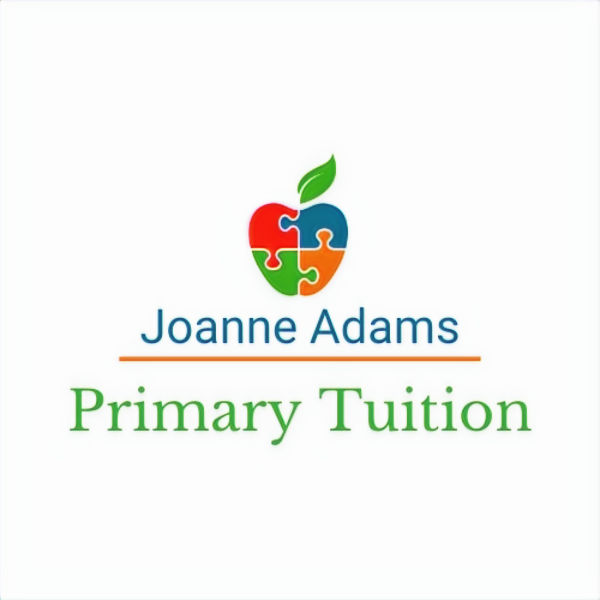Dividing by 10, 100 and 1000
- Joanne Adams
- Dec 2, 2022
- 2 min read
Updated: Oct 28, 2024
You probably remember from one of my previous Blogs that there should be no adding or taking away zeros as a quick fix to this skill. Taking away zeros causes misconceptions. The question 16 ÷ 10 = 1.6 is one such example where there are no zeros to take away causing confusion for the children who have relied on this method in younger year groups.

Dividing by 10 is literally the inverse (opposite) of multiplying by 10. When we multiply by ten the digits move one box to the left. When we divide by ten, the digits move one box to the right, changing their value and eventually crossing the decimal point. As children become more confident with this, they can see the relationship between multiplying and dividing by 100 (as moving two places) and 1000 (as moving three places).
When we teach children the misconception of taking away zeros for dividing the following mistakes occur:
106 ÷ 10 = 16 (children follow the take away a zero rule literally)
32 ÷ 10 = 32 (children justify that there are no zeros so the number must stay the same.)
To teach dividing by ten effectively, we always go back to a Place Value Chart to show children that the value of each digit changes. We exaggerate this by physically moving the digits from one column to the next. I love using the Interactive Teaching Package called Moving Digits on Maths Frame to model this too. See the diagrams below:

In the question: 32 ÷ 10 = 3.2, the thirty becomes three lots of one and the two becomes two tenths.

In the question: 106 ÷ 10 = 10.6, the one hundred become one lot of ten and the six ones become six tenths.
Over the years, there has been many different ways of teaching this skill but this is the one upheld by the National Curriculum.
In a future blog, I will show you how this method can be used for working with multiples of 10, 100 and 1000 too.
Joanne Adams



ความคิดเห็น